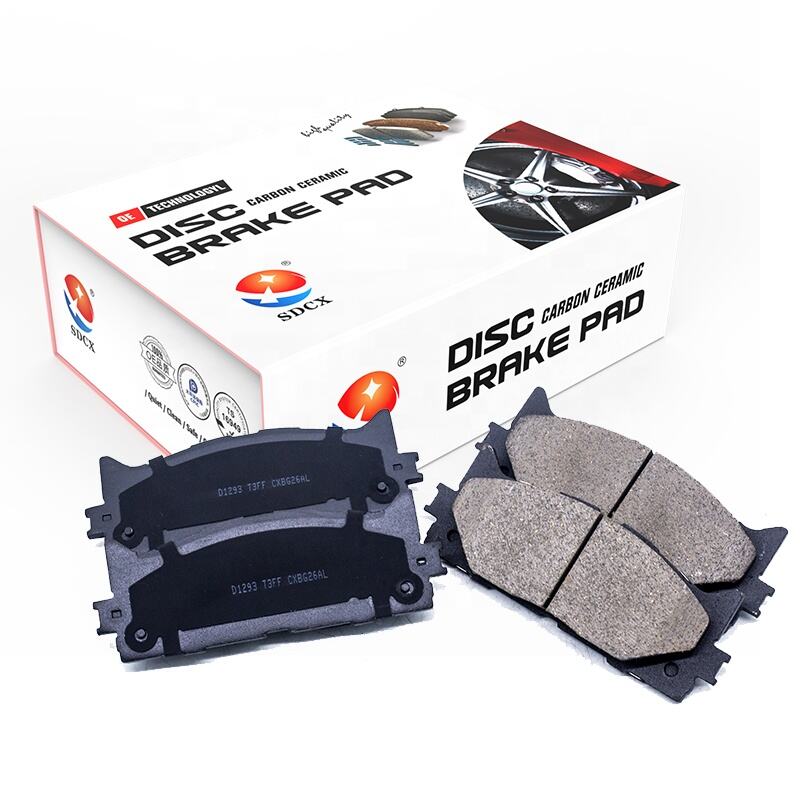brake bad
The brake pad serves as a crucial component in modern vehicle braking systems, designed to create the necessary friction required to slow down or stop a vehicle effectively. These engineered components consist of a steel backing plate with friction material bound to the surface that faces the brake rotor. When the brake pedal is engaged, the brake pad is pressed against the rotor, converting kinetic energy into thermal energy through friction, thereby reducing the vehicle's speed. Contemporary brake pads incorporate advanced composite materials that offer optimal heat dissipation, reduced noise, and enhanced durability. They are specifically engineered to perform across various driving conditions, from everyday commuting to high-performance applications. The design includes wear indicators that alert drivers when replacement is necessary, ensuring consistent brake performance and safety. Additionally, modern brake pads feature multi-layer shims and chamfered edges to minimize brake noise and vibration, contributing to a smoother, more comfortable driving experience.


